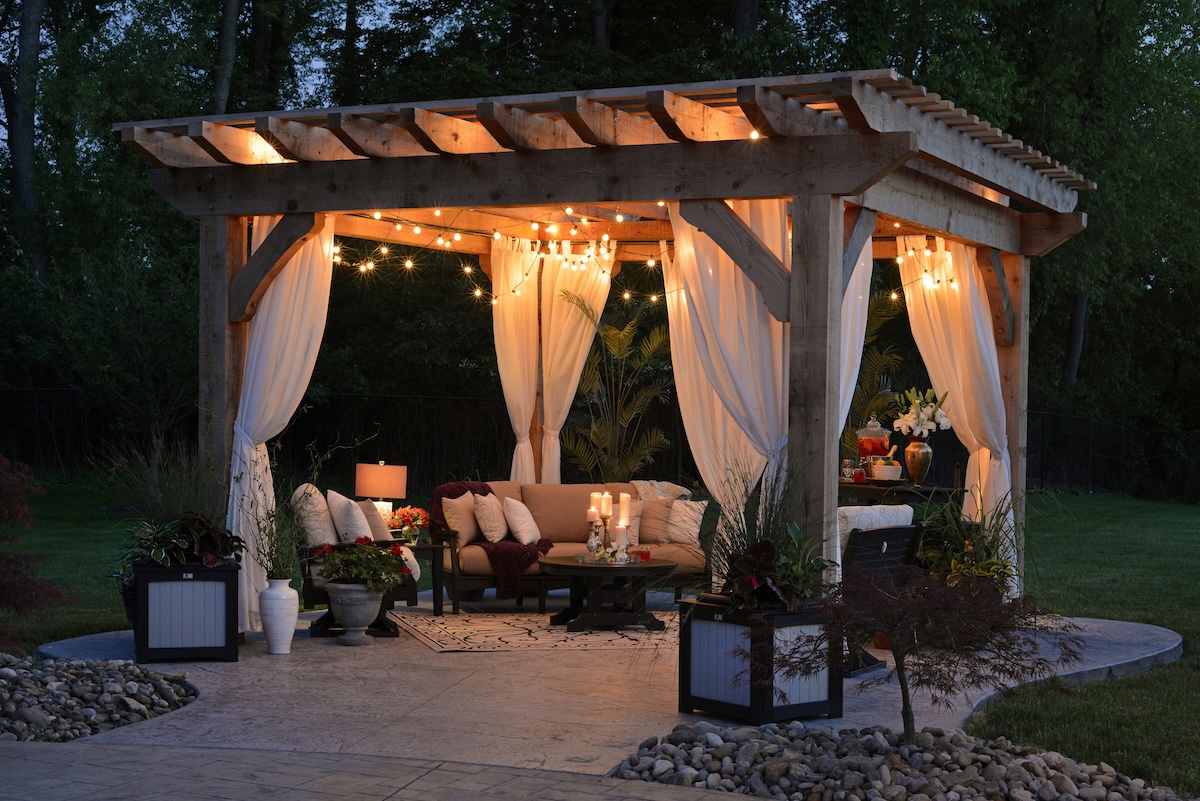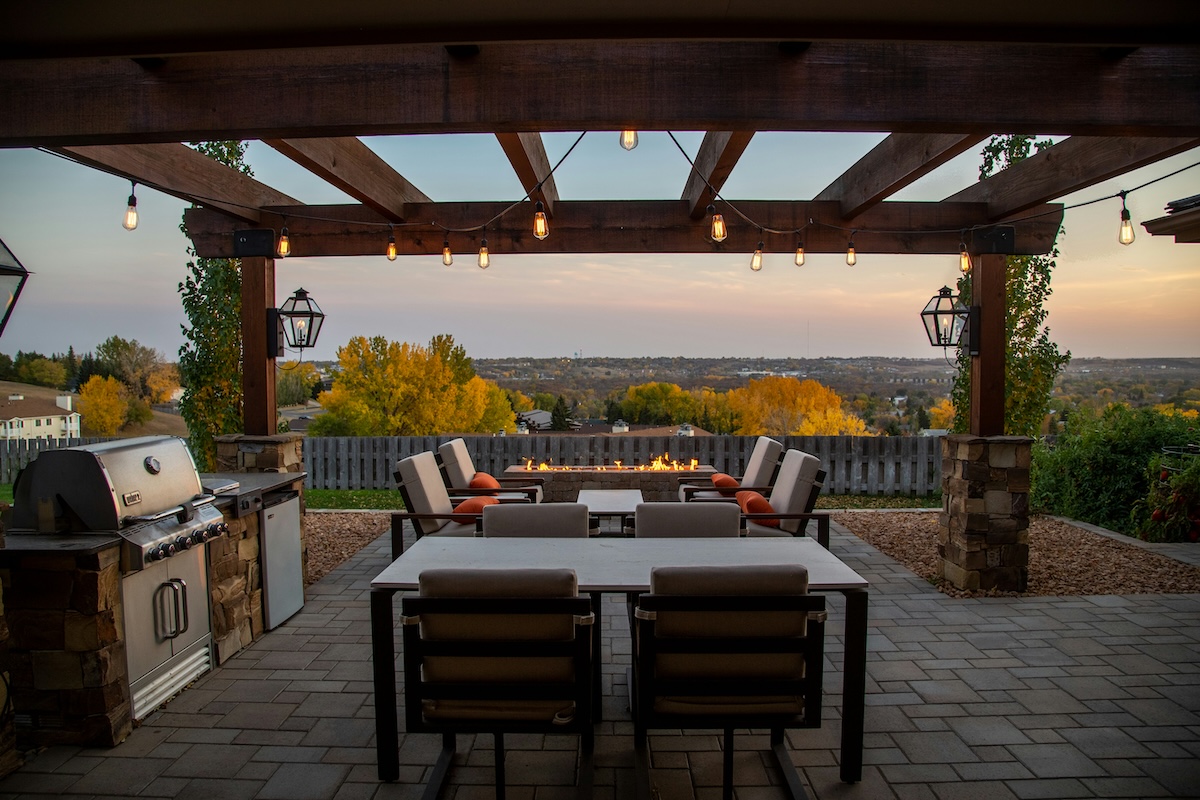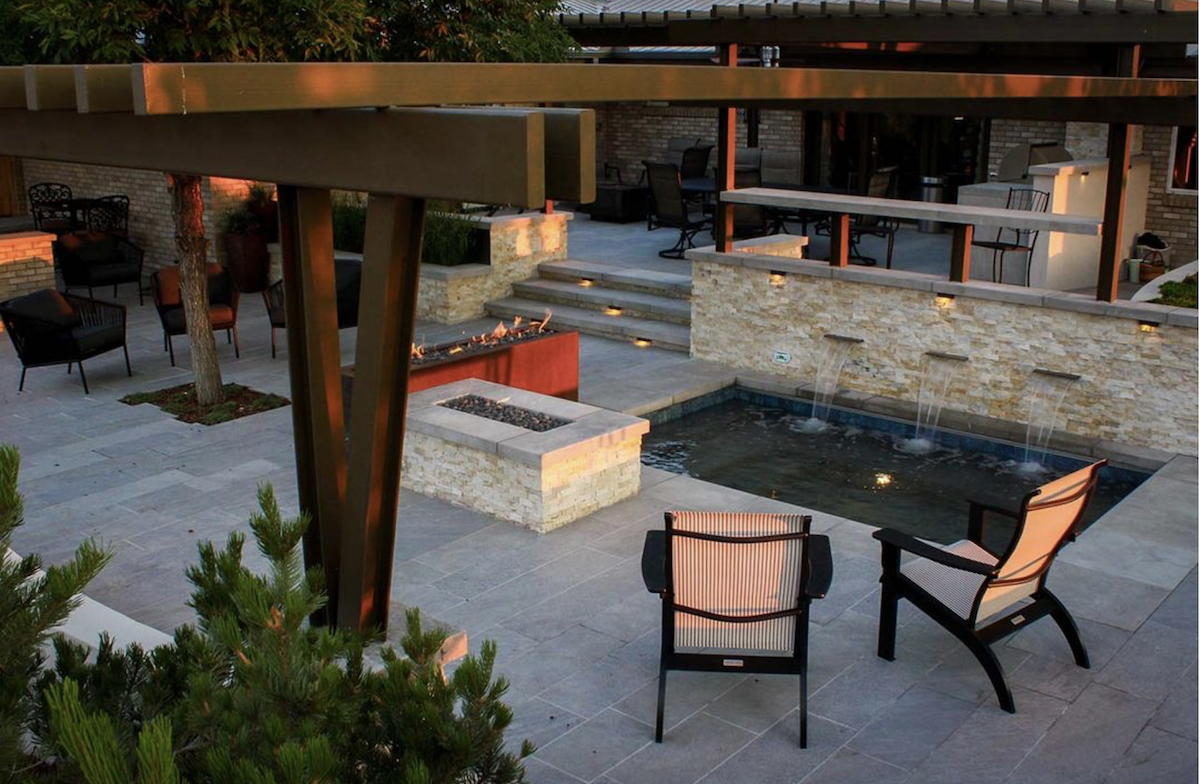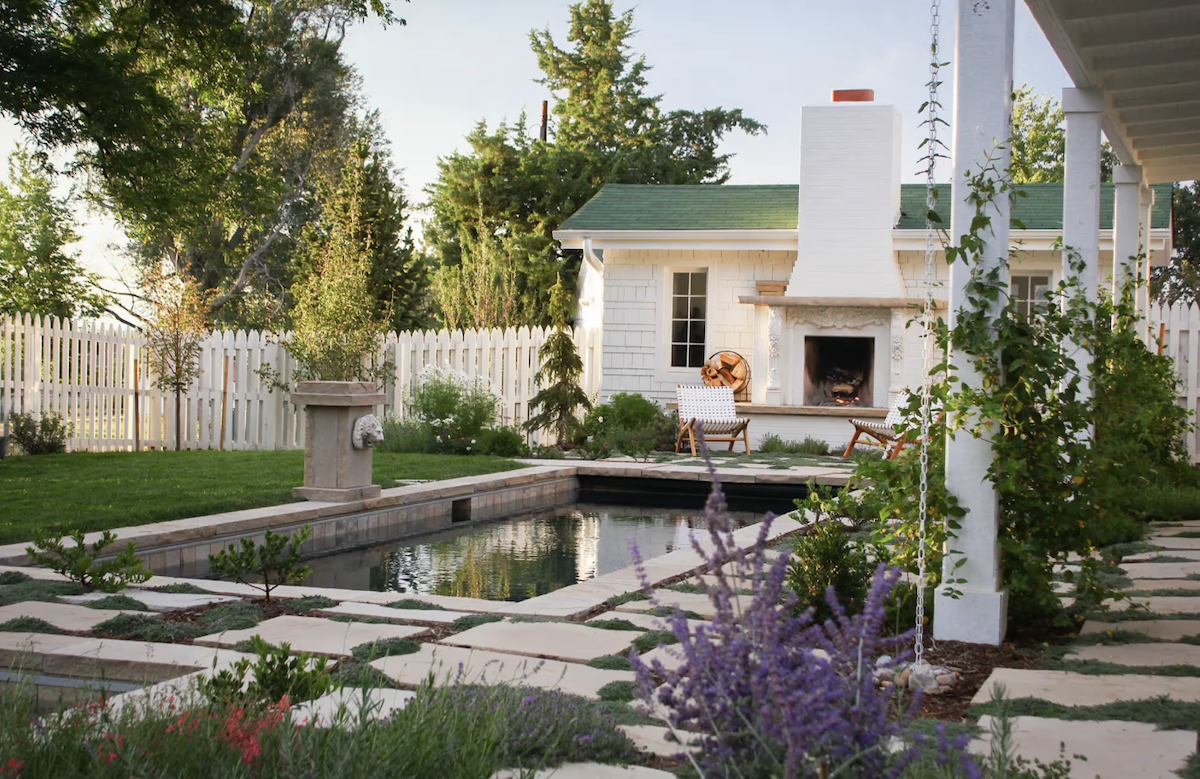Creating an outdoor space you love starts with choosing the right furniture pieces that match your lifestyle, suit your environment, and feel like a natural extension of your home. But with so many options on the market, selecting patio furniture can feel overwhelming.
What’s the best material? How much maintenance is too much? Should you prioritize looks or durability?
1. Think About How You’ll Use the Space
Start with a simple question: How do I want to use this space?
Is it a dining area for hosting summer dinner parties? A quiet reading nook for weekend mornings? A spot for sunbathing, lounging, or family game nights? Knowing the purpose of the space helps narrow down what you need, from full dining sets to cozy sectionals or even a couple of chairs and a side table.
Pro tip: Be realistic about how much you’ll use certain features. A fire pit table may sound great, but if you rarely entertain at night, your money might be better spent on more comfortable seating.
2. Choose the Right Material for Your Climate

Not all outdoor furniture is created equal, especially when it comes to handling the elements. The material you choose will play a big role in how well your furniture holds up over time.
- Aluminum: Lightweight, rust-resistant, and low-maintenance. Ideal for wet or humid climates.
- Teak or hardwoods: Durable and beautiful but require seasonal upkeep.
- Wicker or rattan: Best in covered spaces. For full exposure, opt for synthetic resin wicker instead.
- Steel or wrought iron: Sturdy and long-lasting, but heavier and may rust if not properly coated.
If you live in an area with high winds, avoid super lightweight furniture that could blow over easily. If you get frequent rain, look for quick-dry foam cushions and waterproof covers.
3. Don't Skimp on Comfort
It might look great online, but will you actually want to sit in it?
Test the seating before committing. Look for ergonomically shaped frames and thick cushions with weather-resistant fabric (like Sunbrella®). And consider how deep the seats are, what’s comfortable for one person might not be for another.
Comfortable furniture is more likely to be used, so don't sacrifice livability for aesthetics alone.
4. Measure Your Space (Then Measure Again)
You’d be surprised how many people skip this step and end up with oversized sectionals that overwhelm a space, or tables that make walkways feel cramped.
Sketch a rough layout of your patio, porch, or yard and mark where furniture could go. Leave enough room for pulling out chairs, walking around tables, or setting drinks down without juggling.
And if storage is a concern, consider pieces that stack, fold, or have built-in storage.
5. Plan for Protection
Even the best outdoor furniture needs a little TLC to last.
- Invest in furniture covers for rainy or snowy seasons.
- Store cushions in a deck box or bring them inside during storms.
- Position furniture away from trees that might drop sap, leaves, or bird mess.
Adding a shaded area, like a pergola, umbrella, or covered patio can also reduce sun damage and extend the lifespan of your pieces.
FAQs on Outdoor Furniture
How long does outdoor furniture typically last?
With proper care, high-quality outdoor furniture can last 10–15 years or more. Materials like teak, aluminum, and powder-coated steel tend to offer the best longevity.
Can I leave my cushions outside all the time?
While outdoor cushions are water-resistant, they’re not waterproof. For best results, store them during heavy rain or cover them when not in use to prevent mildew and fading.
What’s the most low-maintenance outdoor furniture material?
Aluminum is generally considered the lowest maintenance. It resists rust, is easy to clean, and stands up well to various climates. Synthetic wicker and powder-coated steel are also good options.
How do I clean outdoor furniture?
Most outdoor furniture can be cleaned with mild soap and water. For cushions, remove covers (if possible) and follow care instructions. Avoid harsh chemicals, which can damage finishes and fabrics.
What furniture works best for small patios or balconies?
Look for folding or stackable furniture, bistro sets, and pieces with slim profiles. Benches with storage or modular seating can also help maximize limited space.







